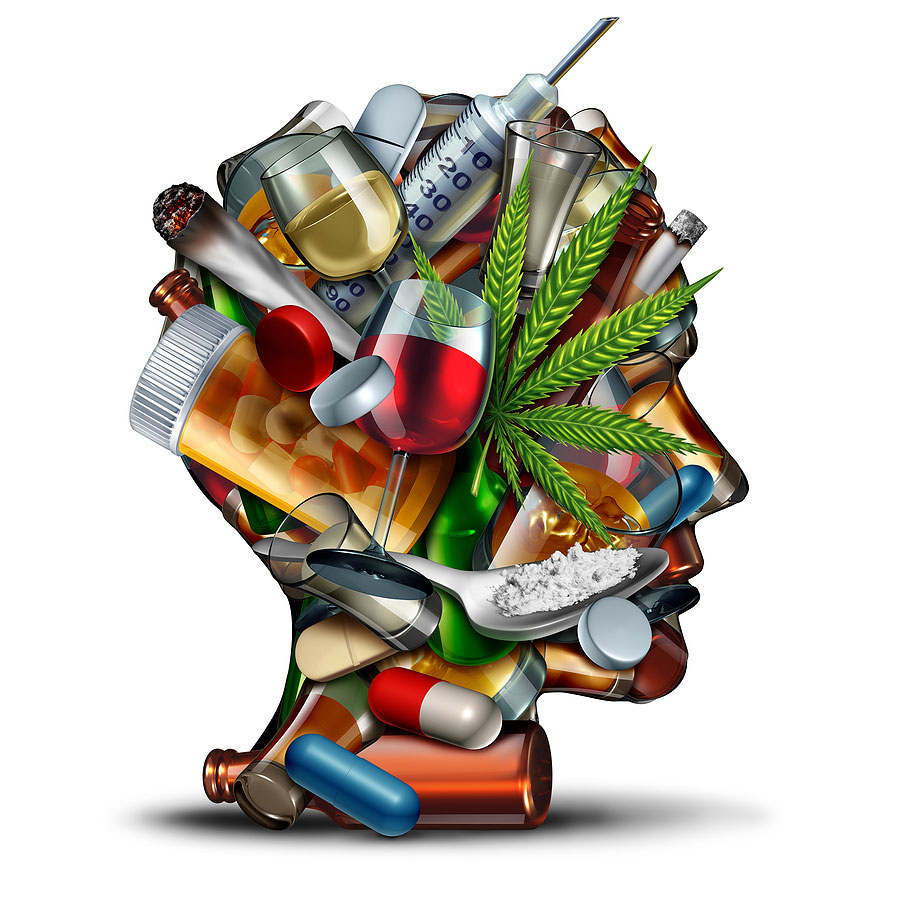Opioid Addiction: Fentanyl, Pain Pills & Heroin
At last count the opioid epidemic is estimated to kill over 180 Americans each day. In the past, the opioid of choice was heroin or prescription pain pills like Percocet or OxyContin. Today it is fentanyl.
The Good News: FDA Approved Medications for Opioid Addiction

Opioid addiction is much more treatable today than ever before because of the availability of FDA approved medications like Suboxone, Subutex, Sublocade, Brixadi and Vivitrol. These new medications help cut opioid misuse, cravings and eventually lead to recovery.
How These Medications Work
Suboxone, Subutex, Sublocade, and Brixadi, all contain a medication called buprenorphine. Buprenorphine prevents cravings, stops opioid withdrawal, and blocks the effects of other opioids. Vivitrol blocks the effects of opioids.
We Can Do Better
These medications for opioid addictions are safe and effective. They help sustain recovery and prevent overdose death. Unfortunately, these medications are underutilized and under prescribed with only 1 in 5 getting access to them.
Fentanyl Kills
- Fentanyl is a particularly dangerous synthetic (man-made) opioid. It is 50 times more potent than heroin, stronger than prescription pain pills, much more addictive, and very lethal in overdose.
- In general opioids kill by interfering with the breathing center of the brain. Fentanyl does this too, but it can also kill by causing what’s called Wooden Chest Syndrome. When injected, IV fentanyl can cause chest muscle and diaphragm rigidity rapidly leading to death.
- Overdoses are much more difficult to treat because they often do not respond to the usual treatments.
- It kills quickly, in just a few minutes, so first responders can’t get to the scene in time of an overdose.
- Unbeknownst to users, it is mixed into almost every other illicit drug to increase their potency and street value.
- It is harder for addiction specialists to treat fentanyl addiction, and treatment often requires higher doses of medications such as Suboxone to manage the cravings to help minimize relapse.
Poly-Addiction is the Rule, Not the Exception
- People addicted to heroin are 15 times more likely to be addicted to cocaine.
Dual Diagnosis is Common with Opioid Addiction
Mood and anxiety disorders are the most common psychiatric disorders seen in opioid addiction. These psychiatric disorders are very treatable with FDA approved medications.